Best Boot Socks UK: Essential Features and Comparisons
Looking to keep your feet warm and comfortable during outdoor adventures with durable socks? Wondering where to find the best moisture-wicking nylon boot socks for hiking boots in the UK? Our guide dives into the top picks for the best boot socks in the UK, ensuring you stay cosy and supported on all your excursions, especially with hiking boots, moisture-wicking nylon that keeps your foot dry. From durable materials to moisture-wicking features and a fabric blend of nylon, these socks are designed to enhance your outdoor experience. Say goodbye to discomfort and hello to long-lasting quality with our selection of the best boot socks available in the UK.
Key Takeaways
- Choose Merino Wool: Opt for hiking socks made of Merino wool for its moisture-wicking and temperature-regulating properties.
- Consider Thickness: Select sock thickness based on the weather conditions and the type of hiking you plan to do.
- Prioritise Comfort: Focus on finding socks that provide cushioning, arch support, and a snug fit to prevent blisters and discomfort.
- Manage Moisture: Look for socks with moisture-wicking capabilities to keep your feet dry and prevent odour.
- Invest in Durability: Prioritise durable socks with reinforced heels and toes to ensure longevity, especially for frequent hikers.
- Follow Care Instructions: Extend the lifespan of your hiking socks by washing them according to the manufacturer's guidelines.
Essential Features in Hiking Socks
Supportive Cushioning
When selecting hiking socks, look for ones with adequate cushioning to provide comfort and protection during long treks. This feature helps reduce the impact on your feet, especially when wearing sturdy hiking boots or trail shoes.
Quality hiking socks often incorporate cushioned soles and heels to absorb shock and prevent blisters. The presence of flat toe seams or seamless designs also enhances comfort by reducing friction and irritation caused by traditional toe seams.
Moisture-Wicking Properties
Moisture-wicking properties are crucial in hiking socks as they help keep your feet dry and comfortable throughout your outdoor adventures. These properties allow sweat to evaporate quickly, preventing the build-up of moisture that can lead to blisters and discomfort.
Look for socks made from materials like merino wool or synthetic blends that efficiently wick away moisture from the skin. By maintaining a dry environment within your footwear, these socks enhance overall foot health and prevent odour-causing bacteria growth.
Ventilation and Breathability
Ventilation and breathability are key factors to consider when choosing hiking socks. Opt for socks with mesh panels or strategic ventilation zones that promote air circulation around your feet, aiding in temperature regulation and reducing the risk of overheating.
Proper ventilation not only enhances comfort but also helps prevent fungal infections by keeping your feet cool and dry. Breathable materials allow sweat vapour to escape, minimising the chances of developing blisters or hot spots during long hikes.
Durability for Trail Resilience
Durability is essential in hiking socks, especially if you frequent rugged terrains or challenging trails. Look for reinforced areas such as the heel and toe sections to ensure longevity and resilience against wear and tear.
High-quality hiking socks are designed to withstand abrasion from rough surfaces, ensuring they remain intact even after prolonged use. Investing in durable socks guarantees reliable performance on various trails without compromising on comfort or support.
Comparing Sock Materials
Merino Wool
Merino wool is a natural fibre known for its exceptional moisture-wicking properties, keeping your feet dry and comfortable. Its soft sock texture reduces the risk of blisters during long hikes. The breathability of merino wool regulates temperature, making it suitable for various weather conditions.
Synthetic Blends
Synthetic blends like nylon offer durability and quick-drying capabilities, perfect for intense outdoor activities. These materials often provide stretchability, ensuring a snug fit that reduces friction and prevents chafing. The synthetic content enhances moisture management, ideal for high-performance wear.
Cotton
Cotton socks are renowned for their softness and comfort, making them a popular choice for everyday wear. However, in hiking scenarios, cotton retains moisture, leading to dampness and discomfort. Their lack of moisture-wicking abilities in the sock can result in blisters and irritation during prolonged use.
Benefits of Each Material
- Merino wool offers excellent moisture-wicking properties, keeping feet dry.
- Synthetic blends provide durability and quick-drying capabilities for intense activities.
- Cotton socks are soft and comfortable but retain moisture, leading to discomfort during hikes.
Impact on Breathability and Odour Control
The choice of sock material significantly affects breathability and odour control during hikes. Merino wool's natural fibres allow air circulation, preventing sweat buildup and reducing odour. In contrast, synthetic blends excel in moisture management, preventing bacterial growth that causes odour. Cotton socks, while comfortable, lack the ability to wick away moisture efficiently, leading to sweaty feet and potential odour issues.
Sock Lengths and Thicknesses
Ankle, Crew, and Knee-High Socks
Ankle socks are the shortest, typically reaching just above the ankle bone. They are ideal for low-cut shoes or warmer weather, especially when wearing socks. Crew socks come up to the mid-calf level, providing a bit more coverage and protection. Knee-high socks extend up to just below the knee, offering additional warmth and support.
When it comes to thickness, socks vary from ultra-thin to thick styles. Thicker socks provide more cushioning and insulation, making them suitable for colder climates or high-impact activities. On the other hand, thinner socks offer breathability and are perfect for everyday wear or warmer temperatures.
Choosing the Right Length and Thickness
Selecting the correct sock length is crucial for comfort and performance during various activities. For instance, wearing ankle socks with boots can lead to rubbing and discomfort due to exposed skin. Crew or knee-high socks would be more appropriate to prevent irritation.
Thickness also plays a significant role in providing adequate support and protection. Thicker socks are recommended for hiking or running to absorb impact and reduce friction, while thinner options are better suited for casual wear or sports like tennis where agility is key.
Importance of Matching Length and Thickness with Activity
It's essential to match sock length and thickness with specific activities to ensure optimal comfort and performance. For example, wearing knee-high compression socks during long flights can help improve circulation and reduce swelling in the legs.
In contrast, opting for thin ankle socks during a winter hike may result in cold feet and discomfort. Choosing thicker wool socks would provide better insulation against the cold ground while cushioning your feet on rugged terrain.
Comfort and Fit Essentials
Seamless Toe Closures
Seamless toe closures play a crucial role in preventing blisters, ensuring a smooth and irritation-free experience. By eliminating bulky seams at the toe area, these socks reduce friction and chafing, ideal for long walks.
Arch Support and Heel Cushioning
Arch support is essential for maintaining proper foot alignment and reducing fatigue during extended wear. Coupled with heel cushioning, these features provide the necessary supportive fit for day-long comfort. The thick cushioning in these socks further enhances the overall experience.
Proper Sizing for Foot Health
Ensuring the perfect pair involves selecting the right size to prevent slippage or constriction. Proper sizing not only enhances comfort but also contributes to extra support where needed. The fabric blend of these socks, along with additional padding in key areas like the heel cup, offers optimal performance fit.
Temperature and Moisture Management
Moisture Wicking
Moisture-wicking properties in boot socks play a crucial role in regulating temperature by wicking away sweat from the skin. This process helps in keeping the feet and socks dry and comfortable, especially during long hikes or warm weather conditions.
Ventilation Zones
Ventilation zones integrated into socks enhance breathability by allowing air to circulate around the foot. These zones are strategically placed to promote airflow, preventing overheating and maintaining a cool environment for the feet.
Cotton Avoidance for Moisture Management
Avoiding cotton materials in hiking socks is essential for effective moisture management. Unlike synthetic fibres with quick-drying capabilities, cotton tends to retain moisture, leading to dampness, discomfort, and potential blisters during extended hikes.
Durability and Protection Features
Reinforced Heels and Toes
Boot socks in the UK are designed with reinforced heels and toes to withstand the wear and tear of outdoor activities. This feature enhances durability by preventing premature holes or tears in these high-friction areas.
The reinforced heels and toes provide additional support where it is needed most, ensuring that the socks maintain their shape and integrity even after prolonged use. This design element adds an extra layer of protection to prolong the lifespan of the socks, making them a reliable choice for outdoor enthusiasts.
Cushioned Soles for Protection
One of the key properties that contribute to the durability and protection of boot socks is the presence of cushioned soles. These soles offer a layer of padding that absorbs impact and reduces friction, providing essential protection for your feet during long hikes or walks.
The cushioned soles not only enhance comfort but also help prevent foot fatigue by reducing the impact on your feet with each step. By offering this level of support, boot socks with cushioned soles ensure that your feet remain comfortable and protected throughout your outdoor adventures.
Anti-Blister Technology for Foot Health
Boot socks with anti-blister technology play a crucial role in maintaining foot health during hikes. This innovative feature helps to reduce friction between your skin and the sock, minimising the risk of blisters forming due to prolonged rubbing.
The anti-blister technology works by wicking away moisture from the skin, keeping your feet dry and comfortable even during strenuous activities. By regulating moisture levels effectively, these socks help prevent blisters and other skin irritations, ensuring that you can enjoy your outdoor pursuits without discomfort.
Caring for Your Hiking Socks
Washing Tips
When it comes to washing your hiking socks, opt for a gentle cycle with cold water to prevent damage. Avoid using fabric softeners as they can reduce moisture-wicking capabilities.
Air-drying is crucial for maintaining the integrity of your socks. Wash them inside out to preserve their elasticity and remove any trapped dirt effectively.
Drying Techniques
For hikers looking to extend the lifespan of their socks, air-drying is key. It helps maintain the fabric's stretch and prevents shrinkage over time.
Avoid machine drying at all costs, as high heat can damage the fibres and lead to premature wear and tear. Instead, lay them flat or hang them up in a well-ventilated area.
Fabric Softeners Warning
Steer clear of fabric softeners when washing your hiking socks as they can leave residue that affects moisture-wicking properties. Opt for mild detergents instead.
Day hikes enthusiasts should note that harsh detergents can break down the fibres of the sock material, reducing their durability and comfort over time.
Choosing the Right Sock for You
Activity-Based Selection
When choosing boot socks, consider the activity you will engage in. Opt for thin socks for warmer climates and wool socks for cold weather.
Personal Preference Matters
Your personal preferences play a crucial role in selecting the best sock. Look for a durable sock that suits your foot shape and offers the desired level of cushioning.
Importance of Trying Before Buying
Before finalising your purchase, try on different socks to ensure they fit well and provide comfort. This step is essential to prevent blisters and discomfort during activities.
Summary
You have now explored the essential features of hiking socks, from materials and lengths to comfort and durability. By understanding these aspects, you can make informed decisions when choosing the best boot socks for your outdoor adventures. Remember to consider factors like temperature control and moisture management to ensure your feet stay comfortable and dry throughout your hikes. Proper care for your socks will also extend their lifespan, providing you with long-lasting protection and support on the trails. Now that you are equipped with this knowledge, go ahead and select the perfect pair of hiking socks tailored to your needs and preferences.
Frequently Asked Questions
What are the essential features to look for in hiking socks?
Hiking socks should have moisture-wicking properties, cushioning for comfort, reinforced heel and toe areas for durability, and a snug fit to prevent blisters.
Which sock materials are best suited for hiking?
Merino wool is popular for its moisture-wicking and odour-resistant properties. Synthetic materials like polyester and nylon offer durability and quick drying. Blends can provide a balance of features.
What factors should I consider when choosing sock lengths and thicknesses?
Choose sock lengths based on your footwear and weather conditions. Opt for thicker socks in colder climates or for added cushioning, while thinner socks are suitable for warmer weather or tighter-fitting shoes.
How important is comfort and fit when selecting hiking socks?
Comfort and fit are crucial to prevent blisters, hot spots, and discomfort during hikes. Socks should be snug but not too tight, with padding in key areas for support.
Why is temperature and moisture management significant in hiking socks?
Effective temperature regulation helps keep your feet dry and comfortable, reducing the risk of blisters and fungal infections. Moisture-wicking properties draw sweat away from the skin to maintain a healthy environment.




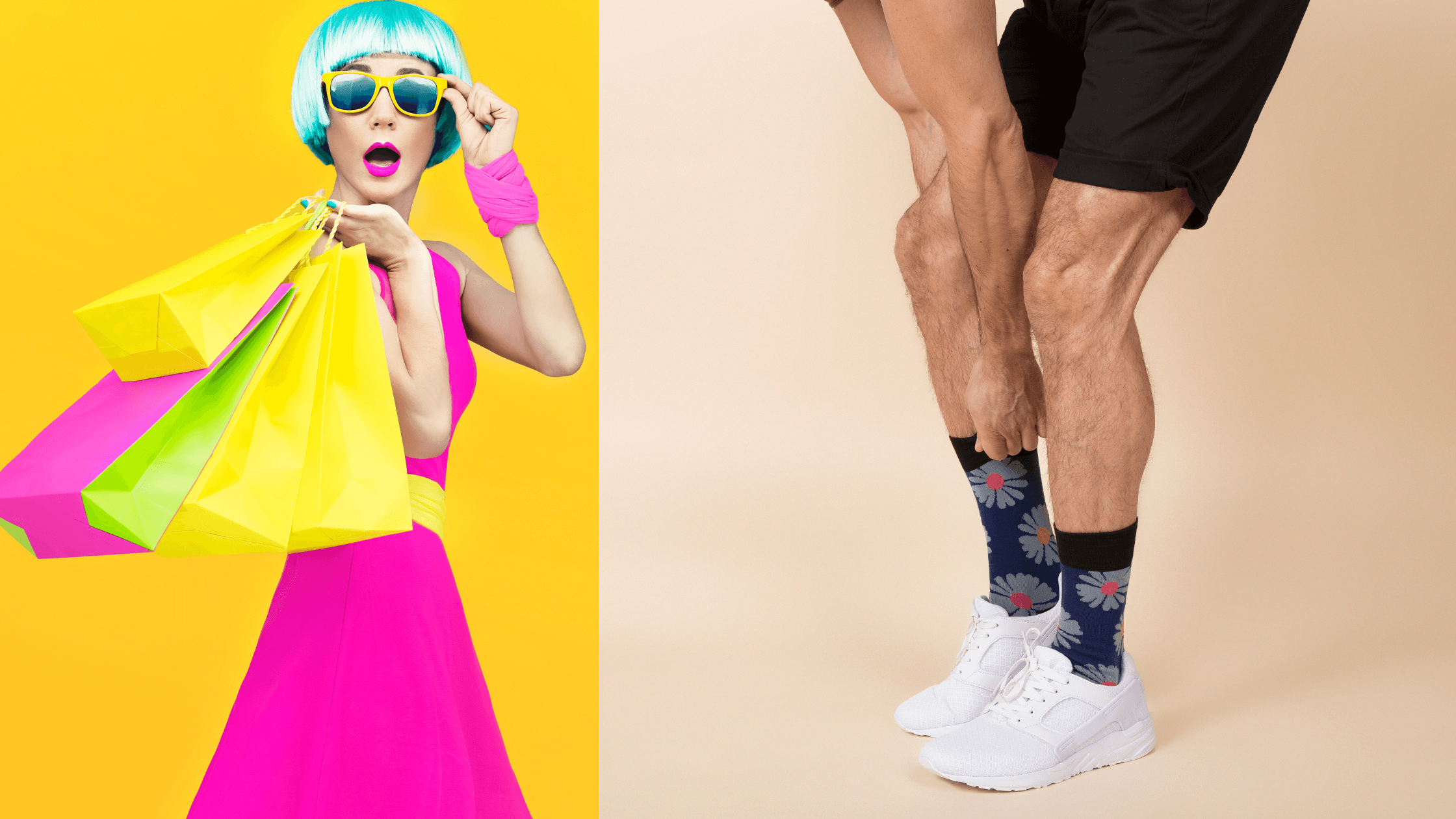




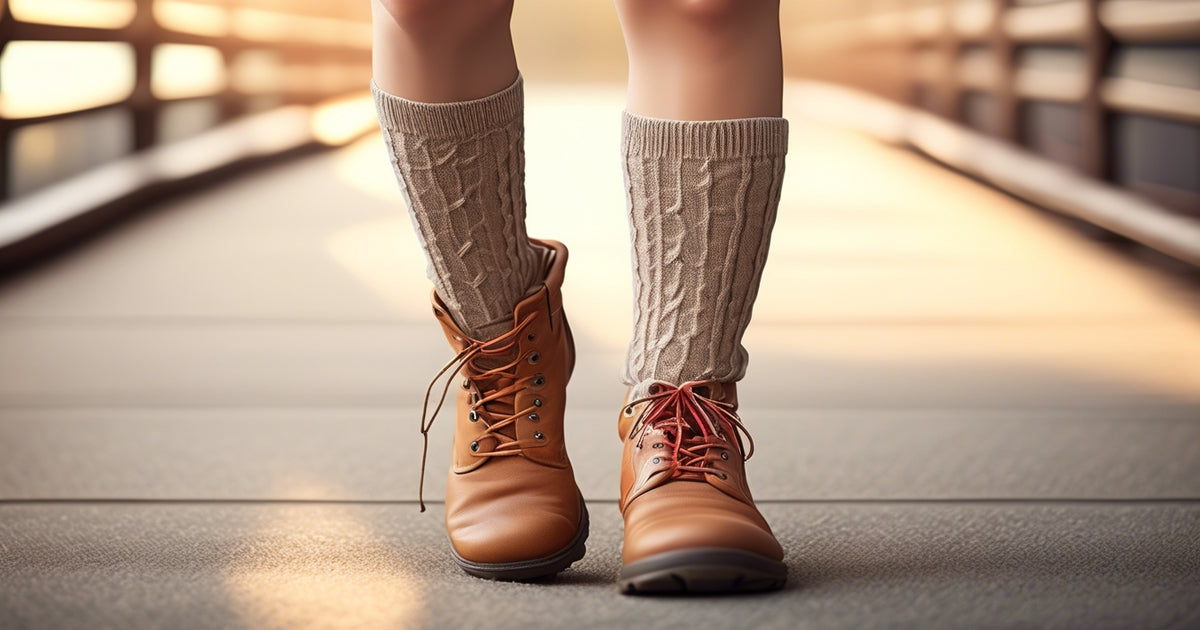
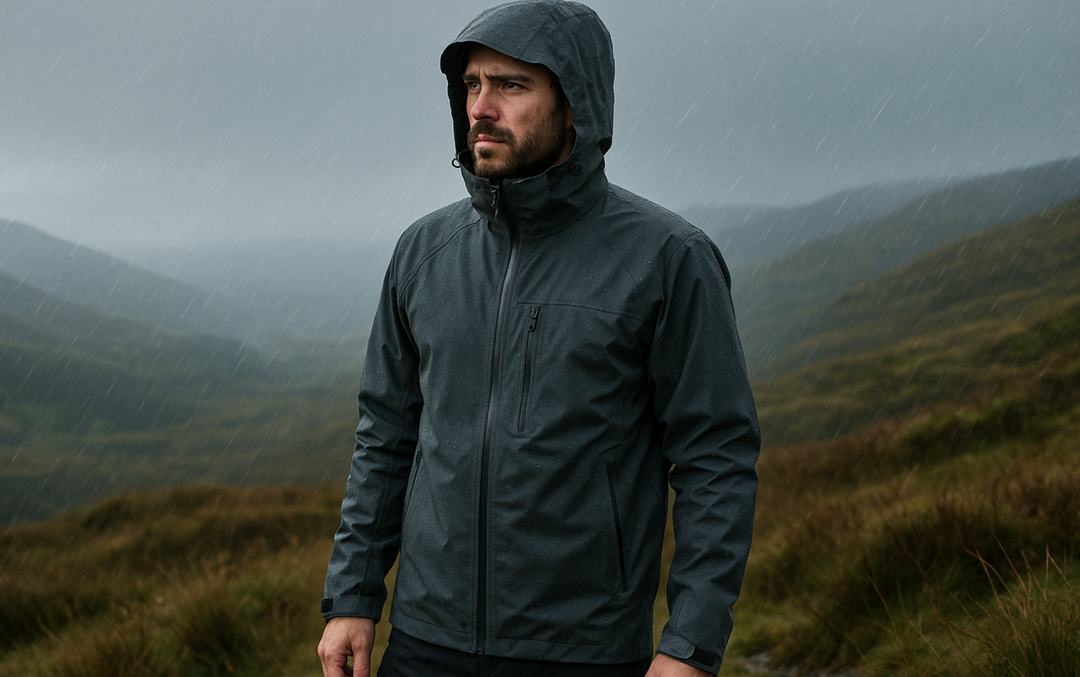
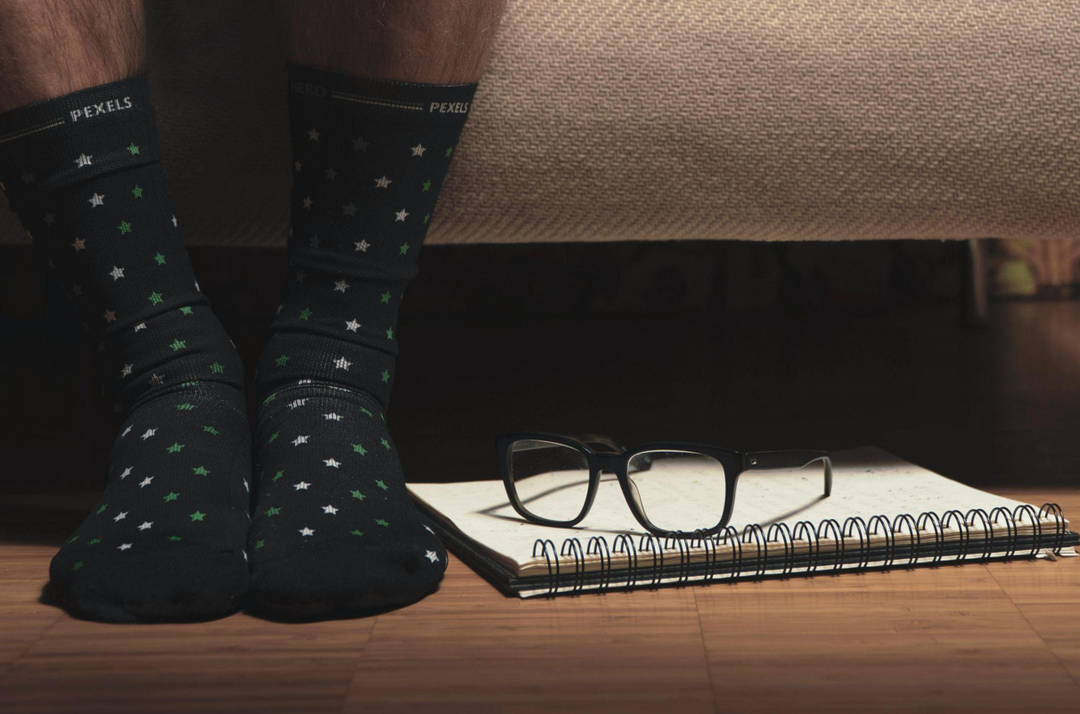
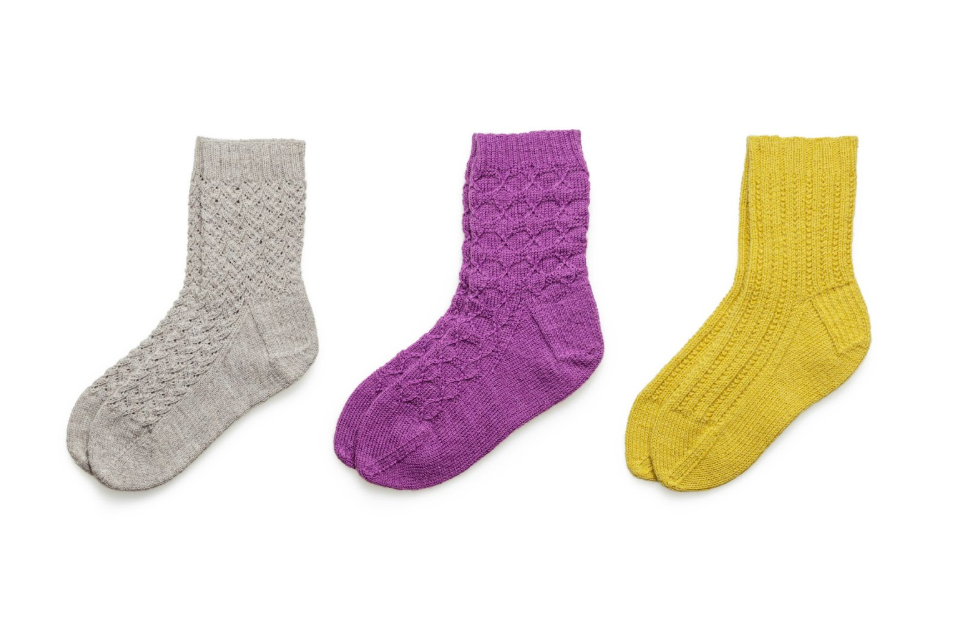


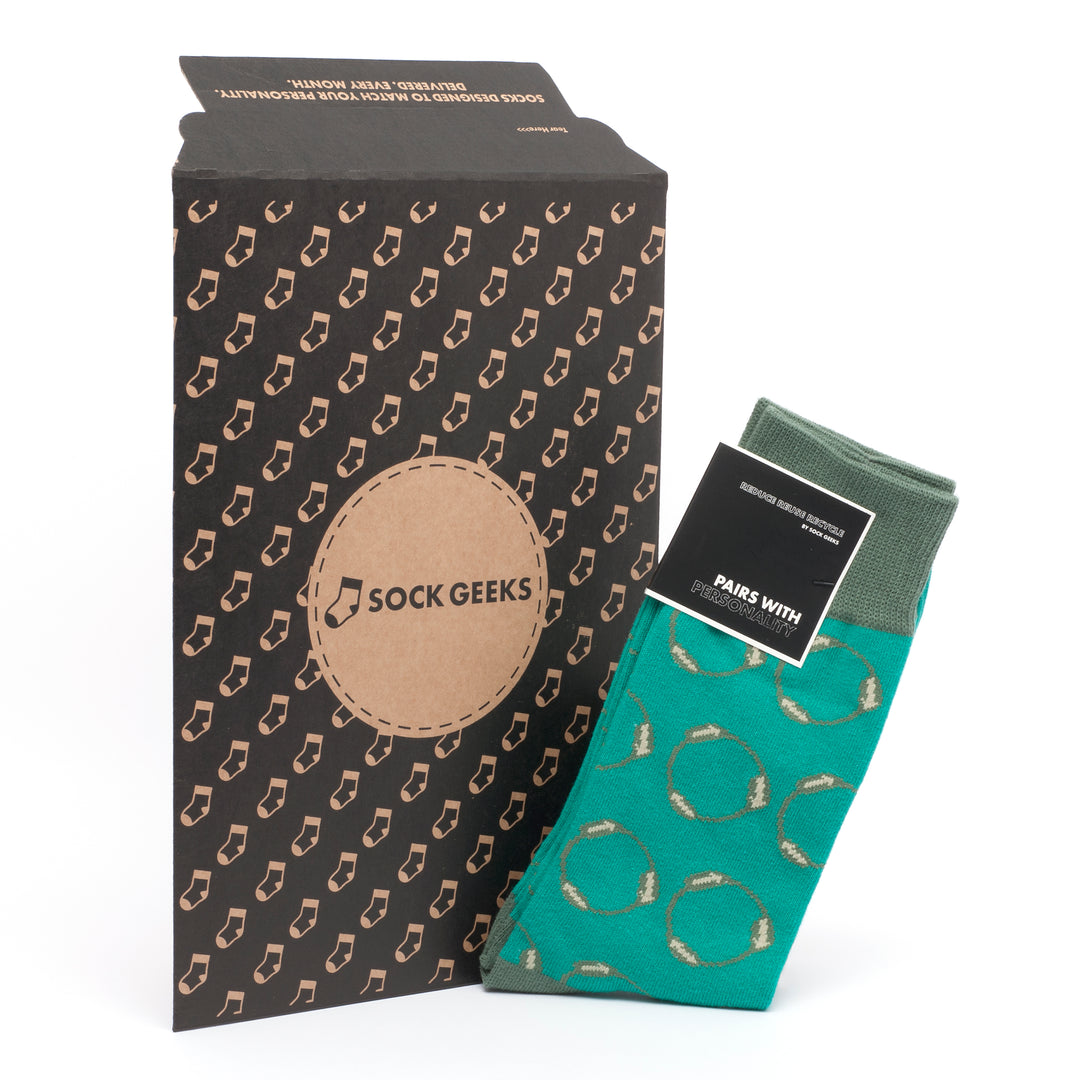
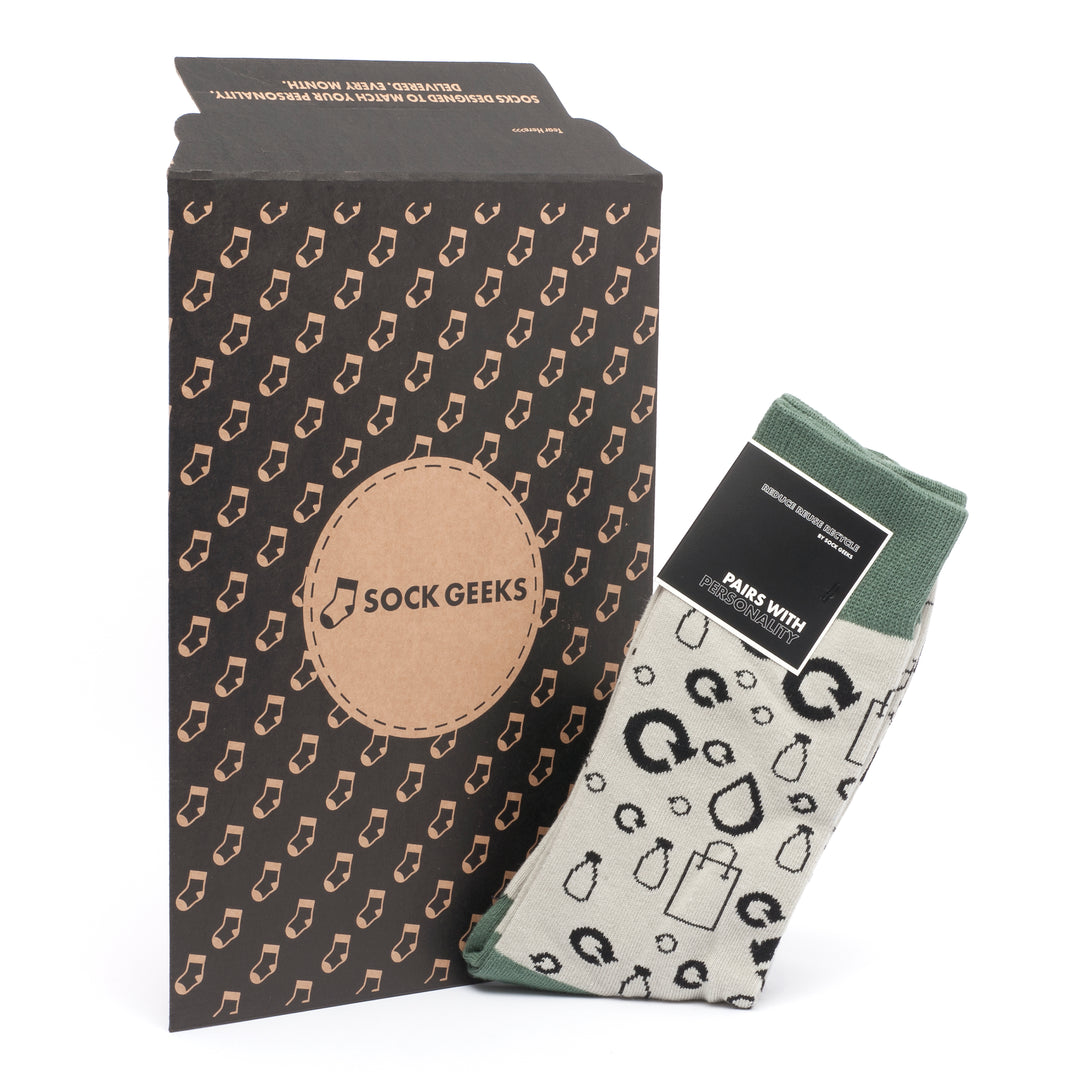



Leave a comment